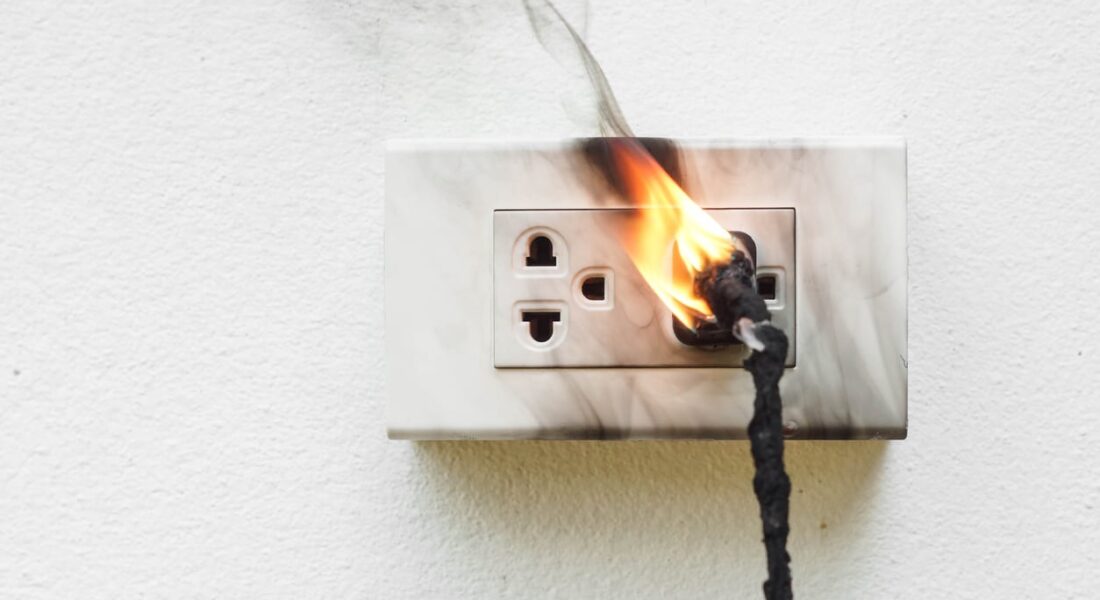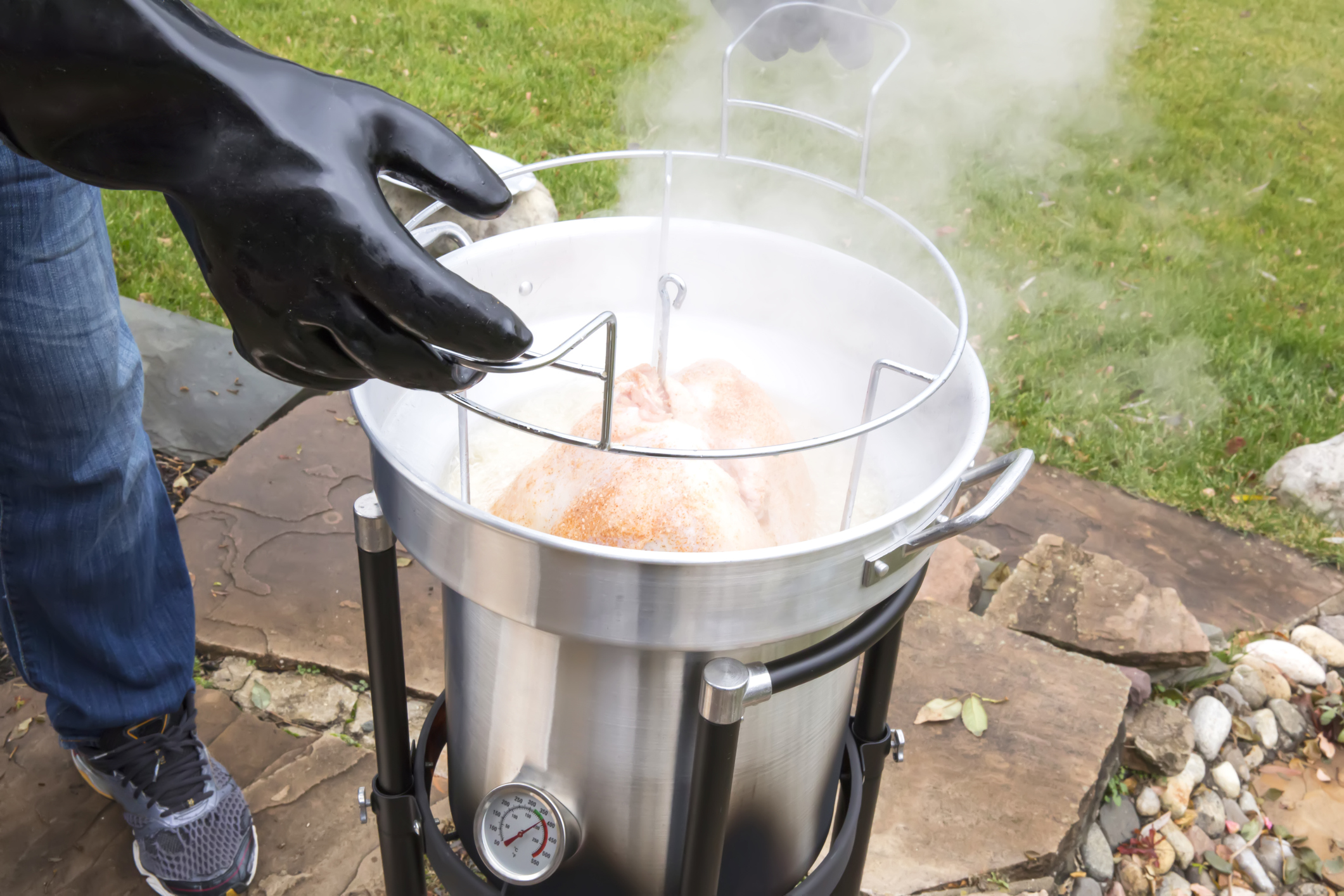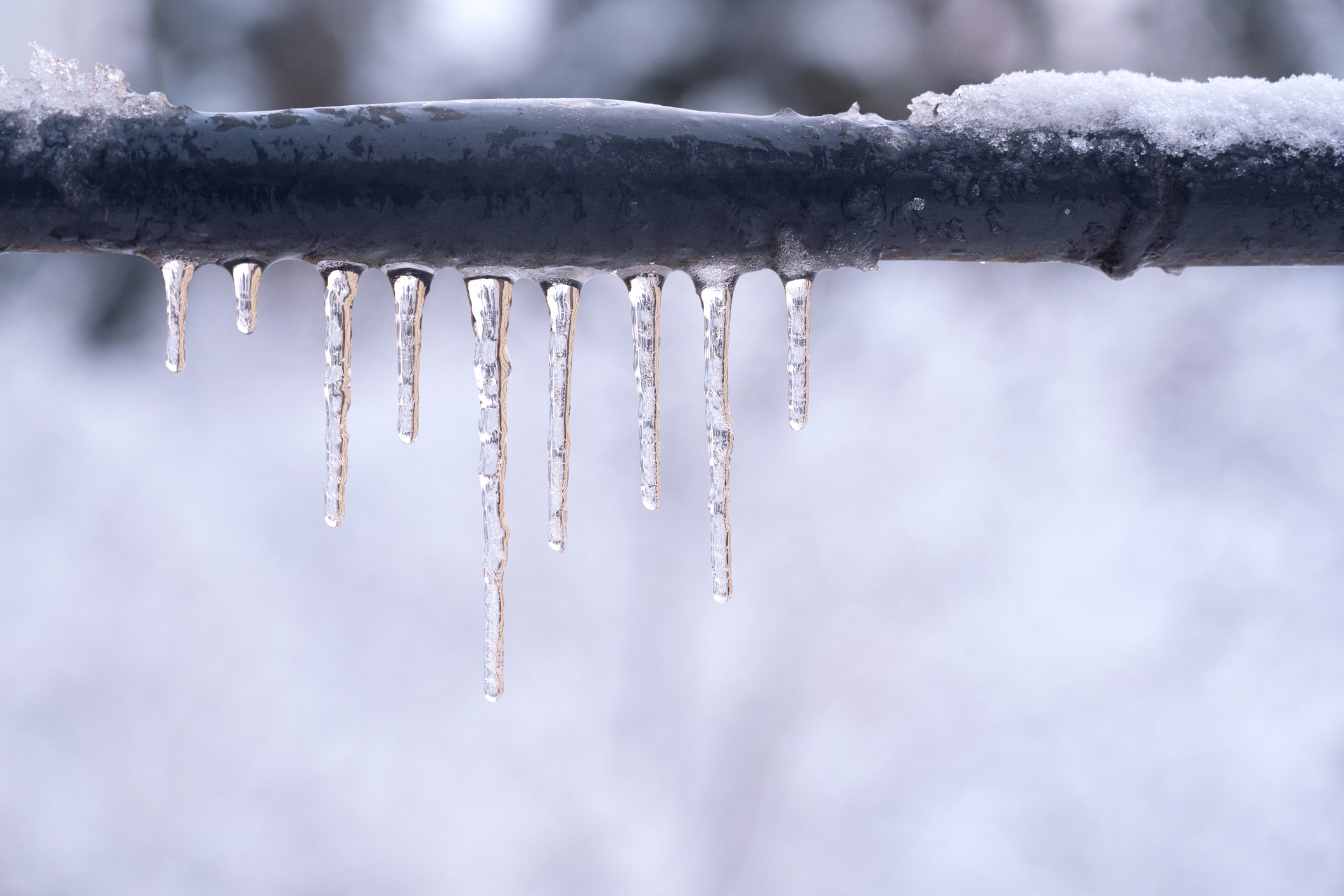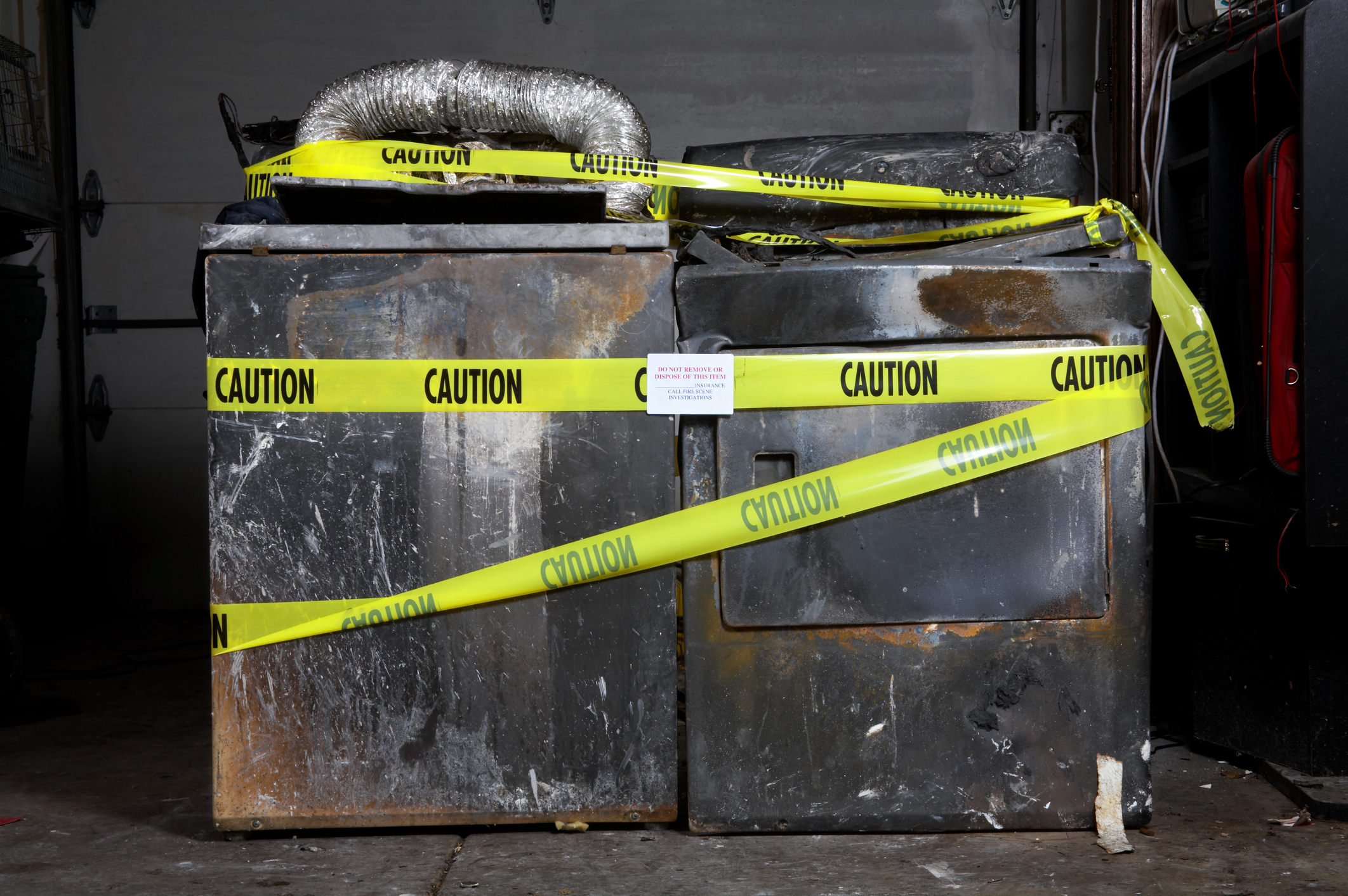When a fire occurs, the immediate destruction often overshadows the less obvious aftermath. While charred furniture and structural damage are easy to spot, smoke damage can quietly infiltrate every corner of your home or business.
Even after the flames are extinguished, lingering smoke and soot can pose serious health risks and long-term property damage if not addressed promptly.
The Hidden Dangers of Smoke Damage
First, let’s explore the top four hidden dangers of smoke damage that impact your life after a fire.
1. Health Hazards
Smoke contains toxic particles and chemicals that can remain in the air and on surfaces long after the fire. Breathing in these residues can cause:
- Respiratory issues such as coughing, wheezing, and shortness of breath
- Aggravation of asthma and other lung conditions
- Eye, skin, and throat irritation
- Long-term exposure risks, including cardiovascular problems
Children, older adults, and those with preexisting conditions are especially vulnerable to these effects.
2. Lingering Odors
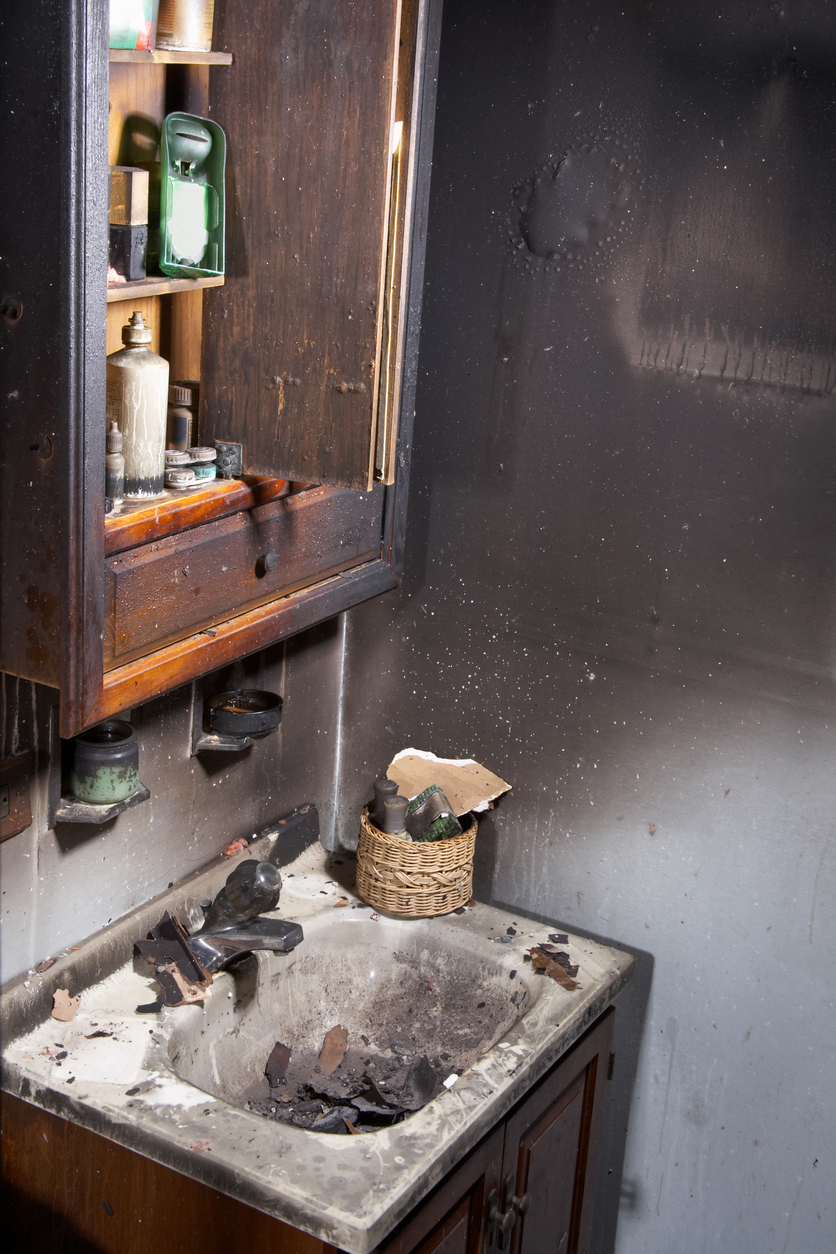
Smoke odor clings to fabrics, carpets, furniture, and even walls. Without professional treatment, these unpleasant smells can persist for months, making your home uncomfortable and unwelcoming.
3. Structural Damage
Soot is harmful, acidic, and can gradually erode building materials, metals, and electronics. Left untreated, it can permanently discolor walls, stain ceilings, and corrode wiring and plumbing.
4. Hidden Contamination
Smoke travels easily through HVAC systems, settling into ducts and spreading residues throughout the property. This makes it difficult to fully eliminate without specialized cleaning.
How to Remove Smoke Damage
While some minor cleaning can be done yourself, fully addressing smoke damage requires professional expertise. Here are the steps typically involved:
1. Assessment and Safety Precautions
Restoration specialists begin by inspecting the extent of the smoke and soot damage. They wear protective gear and may recommend that you avoid re-entering the property until it’s safe.
2. Air Purification
High-efficiency air scrubbers and ozone machines are used to remove lingering smoke particles from the air. This step is crucial for eliminating odors and improving indoor air quality.
3. Deep Cleaning Surfaces
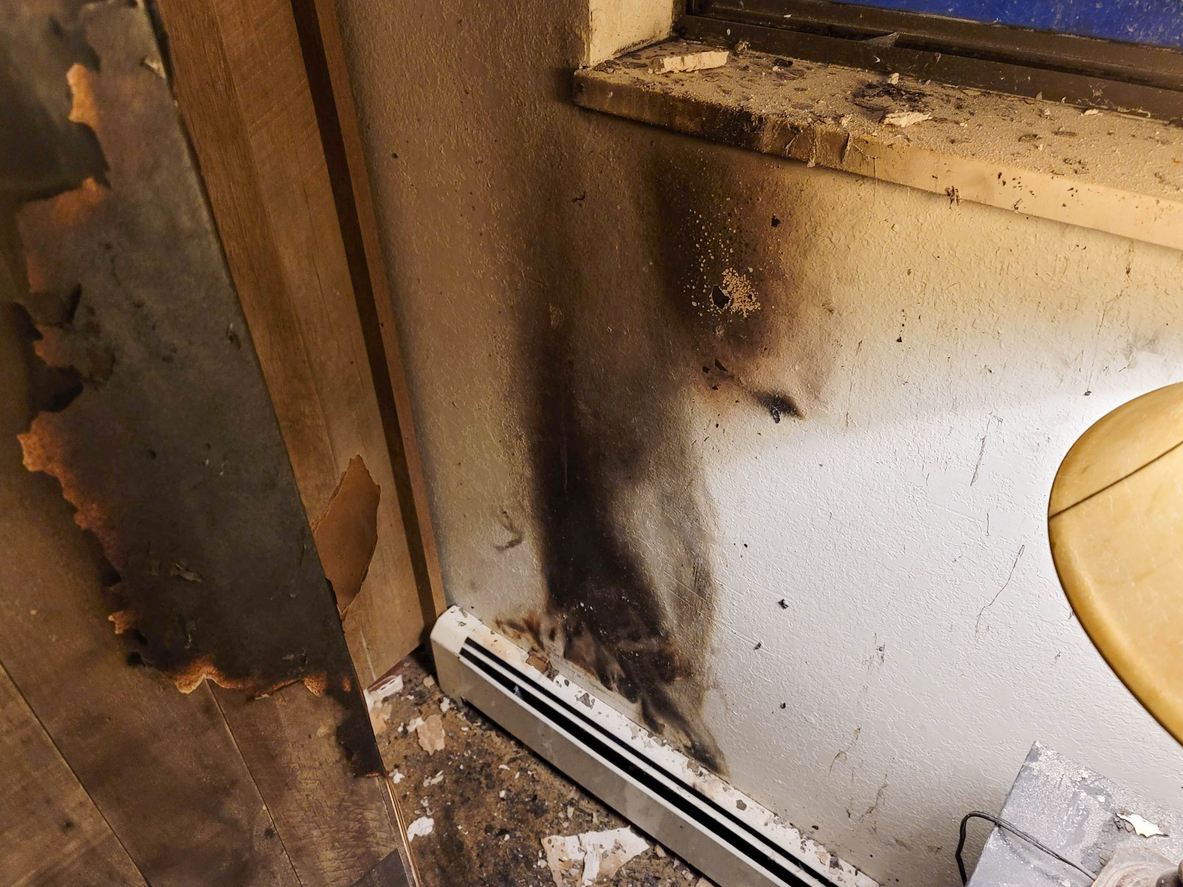
Walls, ceilings, and other surfaces are treated with specialized cleaning agents to remove soot and prevent staining. Porous materials such as drywall may need to be replaced if the smoke damage is extensive.
4. Fabric and Furniture Restoration
Smoke can deeply penetrate upholstery, curtains, and carpets. Professionals use advanced cleaning methods, such as thermal fogging and deodorization treatments, to neutralize odors and restore items when possible.
5. HVAC System Cleaning
To prevent recontamination, ducts and vents must be thoroughly cleaned. This ensures the air circulating in your home is fresh and safe.
6. Repairs and Restoration
Finally, any damaged structures, finishes, or belongings are repaired or replaced, restoring your property to pre-fire condition.
Unsure about which items can’t or shouldn’t be saved? Read our guide: Unsalvageable Items: Things You Should Always Dispose of After a House Fire
Trust the Experts
Attempting to handle smoke damage on your own can leave behind hidden hazards. At 24 Hour Flood Pros, we specialize in smoke and fire damage restoration, using proven methods and advanced equipment to protect your health and home.
Contact us today! Our team is available around the clock to provide fast, reliable service when you need it most.

